APPLICATIONS AND IMPLICATIONS
Propose a final project masterpiece that integrates the range of units covered.
Propose a final project masterpiece that integrates the range of units covered.
Answer these questions
- What does it do?
- Who's done what beforehand?
- What did you design?
- What materials and components were used?
- Where did they come from?
- How much did they cost?
- What parts and systems were made?
- What processes were used?
- What questions were answered?
- What worked? What didn't?
- How was it evaluated?
- What are the implications?
To do
- Made your slide> 1920 x 1080 pixels with your name, project name, Fab Lab name, a photo/render/sketch of your project, a brief description of what your project is/does
- Made a ~1 minute (10MB/1080p) video of you explaining your project
- Made a separate Final Project page that briefly summarises your project
- Included the BOM (Bill of Materials) for your project
- Linked from this page to any weeks that you worked on your final project
- Linked to your presentation.png and presentation.mp4
- Included all of your original design files in the archive (2D & 3D, board files & code). No external hosting of final project files - discuss file sizes with your instructor
- Included the license you chose
- Acknowledged work done by others
We produce about 1kg of waste per day, and 30% of it is organic. The vermicomposting bin which helps me keep a closed cycle. It starts with the organic waste I produce, then it goes to the composting bin where it processes the food into hummus, and I can use this hummus to sow new consumption plants, which later can come back to the composting bin.
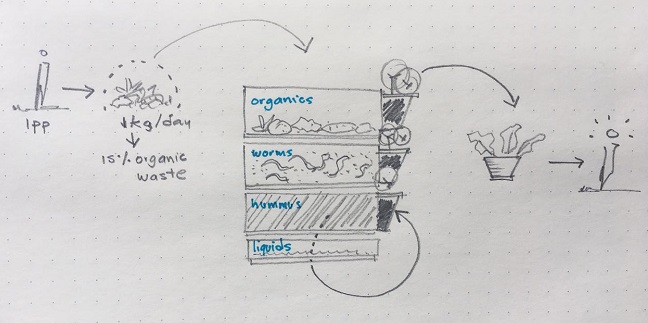
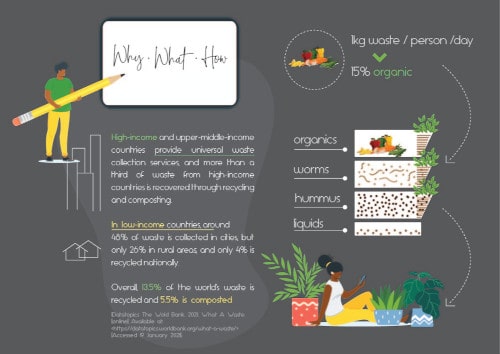
The vermicomposting is the product of the of the decomposition process using various species of worms to create a mixture of decomposing vegetable or food waste, bedding materials, and vermicast. It provides way to treat organic wastes more quickly, compared to conventional composting, it is rich in nutrients and loaded with microorganisms that create and maintain healthy soil.

There are a couple of things I have on mind:


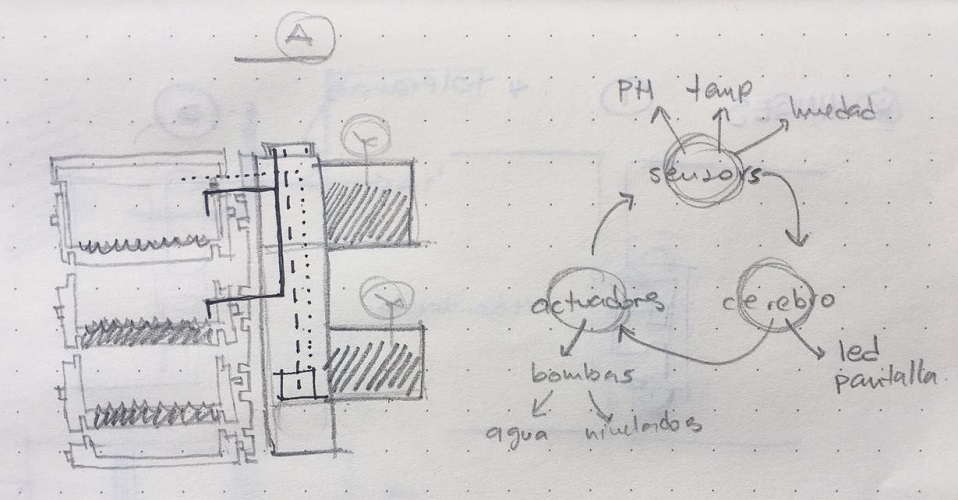
These web sites have more information about vermicomposting and how to take care of one.
Como usar la vermicompostera
Vermicompostaje domestico
Alimentación y cuidados de la lombriz
Compostera casera
Vermicompostera en departamento
Found some interesting referents, here I leave some pictures and links.
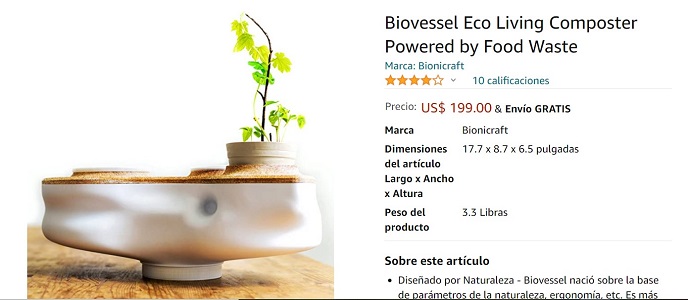
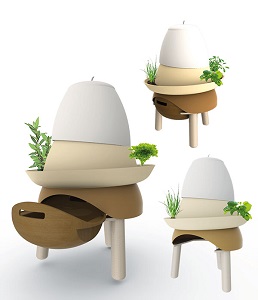
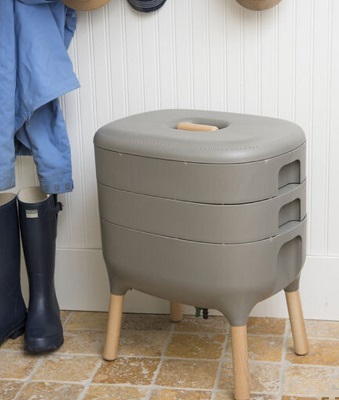
I also found these projects on the Fab Academy web site, which I find interesting and useful
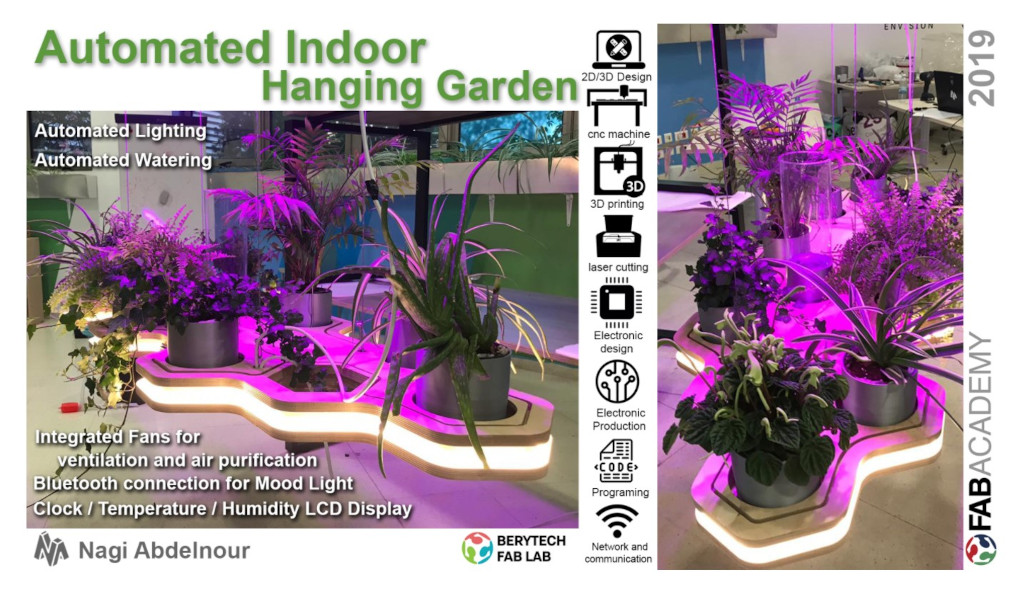
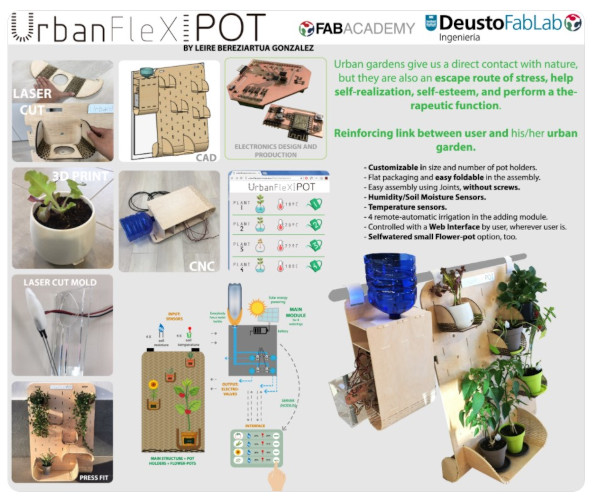
Urban flex pot (Author: Leire Bereziartua)
I like the idea of urban. I find it also nice for interior spaces.

Worm composter (Author: Bejamin Lemay)
I'm also interested in worms and how to work with organic waste.
My project is a compost bin that uses worms to transform the organic waste that we produce at home into hummus, which has a high nutritional value for plants.
It has incorporated sensors and indicators to let you know how things are going inside the bin, in order to be aware and take action of the mainteinance of it.
To create the exterior case:
All of the materials are found easilly in local vendors. Some of the materias like the mdf boards and some electronic components are provided by our lab, sensors and missing electronic components can be found in external suppliers.
This is the detail of materials and components I will use for my final project:
| Item | Description | Units | Unit price | Total price |
|---|---|---|---|---|
| MDF board | 4mm mdf board cut in 60x40cm | 4 | $1.75 | $7.00 |
| Metalic hinges | Used for the top lid | 1 | $0.75 | $0.75 |
| TOTAL: | $7.75 |
| Item | Description | Units | Unit price | Total price |
|---|---|---|---|---|
| Polystyrene containers | Light, easy to handle, cheap, waterproof | 3 | $1.25 | $3.75 |
| Plastic mesh | Comes in 1x1m | 1m | $1.75 | $1.75 |
| Worms and soil | 100 worms and 5kg of soil | 1 | $15.00 | $15.00 |
| TOTAL: | $20.50 |
| Item | Description | Units | Unit price | Total price |
|---|---|---|---|---|
| DTH11 - sensor | Environmental temperature and humidity sensor | 1 | $2.50 | $2.50 |
| Soil humidity sensor | Chinesse brand has no specific or additional description | 1 | $1.75 | $1.75 |
| Fan | 12V | 1 | $2.50 | $2.50 |
| RGD led | 1 | $2.50 | $2.50 | |
| LCD screen | With I2C module | 1 | $8.50 | $8.50 |
| Other consumables | Cables, tin, cpactiors... | 1 | $22 | $22 |
| TOTAL: | $39.75 |
| Item | Description | Units | Unit price | Total price |
|---|---|---|---|---|
| Balsa wood sheets | Flexible and thin | 3 | $2.60 | $7.80 |
| White glue | Recommenden for carpentry work | 1 | $3.00 | $3.00 |
| Metalic hinge | For front door | 1 | $0.75 | $0.75 |
| Magnetic stop | Closes the door | 1 | $1.50 | $1.50 |
| PLA filament | For the board case | 1 | $2.00 | $2.00 | TOTAL: | $15.05 |
| Item | price |
|---|---|
| Exterior case | $7.75 |
| Interior case | $5.50 |
| Electronics | $39.75 |
| Front door and case protector | $15.05 |
| TOTAL: | $83.05 |
This compost container needs to maintain adequate humidity and temperature conditions to survive and work, which is why I have incorporated two sensors: one that will measure the ambient temperature and humidity and the other that will measure the humidity of the soil. In the event that the ambient temperature exceeds the appropriate limits, a fan will be activated automatically. In the event that the soil moisture is insufficient, a led will indicate that it is time to water it by turning red.
There are three complementary elements to develop and these are the necessary processes to execute them:
Working in spiral development:
Worms are thriving, I can have data saved on my phone about the status of my bin, when did i feed them, how much, what can I observe of this ecosystem, etc. Sensors are working properly, they respond when I add water and indicates when it needs more.
It is interesting to see how answering these questions raises new unknowns. The plan changes as we learn about the processes, the construction possibilities, the materials, the available technology. The "how to do almost anything" plan has opened up endless possibilities, some more complex than others from my professional practice, and it has been very enriching in retrospect. I will continue exploring all these options and apply them to my final project, which started in a very dreamy way but which has gradually landed towards something more concrete and real.